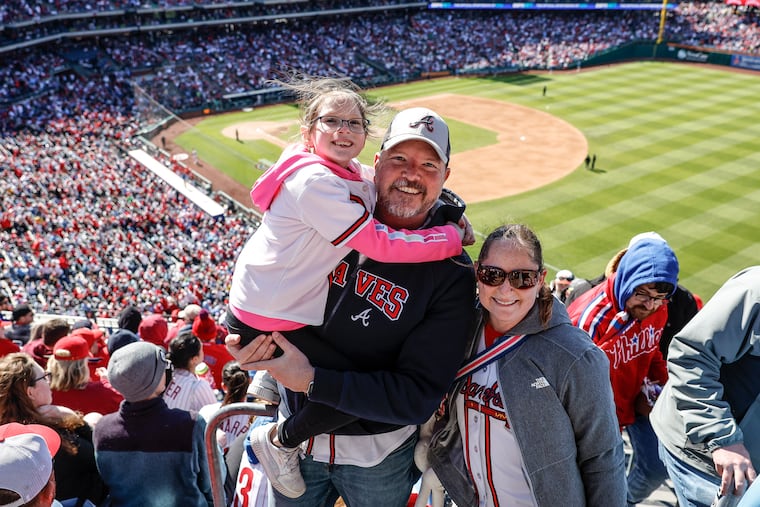Stadium entertainment districts — such as the one proposed in South Philly — are changing the game for fans around the country
The Phillies and Comcast Spectacor want to create a destination in South Philadelphia that will boost tourism and tax income and attract new residents and ideas to the city.
